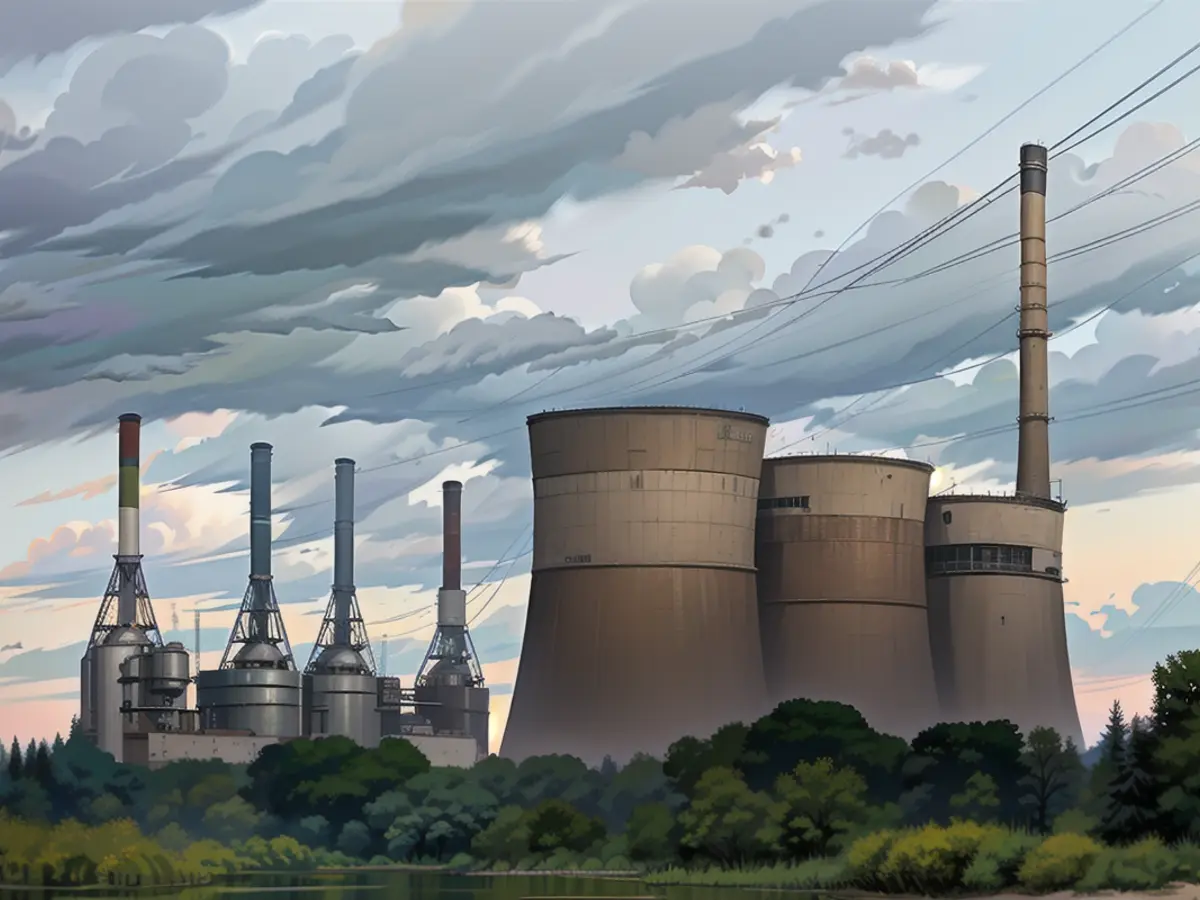Assurance in procurement - RWE initiates plans for a hydrogen-fueled power station in Werne.
Energy firm RWE is moving forward with its ambitions to develop hydrogen-fueled gas power plants. Following the Weisweiler project in Rhineland, a facility of a similar nature is now being considered for construction at the Gersteinwerk site in Werne. The proposed plant would have an output of roughly 800 megawatts and would predominantly use hydrogen.
Currently, RWE operates a number of natural gas facilities in the area. While the exact timeline is still to be determined, the new plant could potentially be running by 2030. Initially, it's expected to utilize at least 50 percent hydrogen, eventually switching completely over to the hydrogen-based fuel.
Preliminary work for the permit process has begun, but RWE hasn't officially made a decision to invest in the project yet. The company is waiting for clarification on the network connection, existing regulations, and the plant's overall profitability before making a final call. Cost estimates have not yet been disclosed.
The head of RWE's power plant division, Nikolaus Valerius, expressed enthusiasm for the green energy initiative, emphasizing that the company's goal is to contribute to a reliable energy supply while also meeting the legislative goal of ending coal usage by 2030. "We're eager to make a difference," he said. "But we need solid political decisions. The site's connection to a hydrogen network and a favorable economic landscape are crucial factors that will play a deciding role in our final decision."
RWE has enlisted the support of Ansaldo Energia (Italy) and Tecnicas Reunidas (Spain) for the planning process, the same duo tasked with Weisweiler's development. The ability to tap into a potential hydrogen transport pipeline could give the Gersteinwerk location a competitive edge, RWE suggests.
The federal government's power plant strategy is slated to include provisions for tendering hydrogen-fueled gas power plants, and RWE has indicated their willingness to participate in these auctions. As part of their plans, RWE intends to establish hydrogen power plants with a collective capacity of 3,000 megawatts across their German sites by 2030. In addition to Weisweiler and Werne, the company is also eyeing Voerde as a potential location for a hydrogen-fueled gas power plant, with a corresponding large-scale hydrogen production facility under consideration.
Read also:
- Tough return to normality in snow and ice
- Fewer unauthorized entries: Domino effect through controls
- Trial against BND employee from mid-December
- Xhaka leads Leverkusen to triumph in cup tournament, scoring two goals.
- In light of Germany's push for alternative energies, RWE is considering a hydrogen-fueled gas power plant in Werne, aiming to contribute to the country's security of supply and emissions reduction goals.
- The planned 800 megawatt plant in North Rhine-Westphalia would join RWE's existing gas-fired power plants, complementing their focus on a diversified energy portfolio.
- Italy's Ansaldo Energia and Spain's Tecnicas Reunidas, who successfully collaborated on RWE's Weisweiler hydrogen project, have been appointed to help plan the Werne power station.
- Germany's federal government's strategy includes tendering hydrogen-fueled gas power plants, and RWE has signaled their intention to participate, aiming to establish 3,000 megawatts of hydrogen power plants by 2030 across their German sites.
- RWE is evaluating multiple potential locations for hydrogen production facilities, such as Voerde, as part of their ambitious shift towards clean energy sources and hydrogen-based fuel.
- Climate concerns and the need for a secure energy supply have prompted RWE to explore green energy options like hydrogen, contributing to a shift away from reliance on coal-fired power plants, as mandated by the 2030 legislative goal.
- As Germany continues its transition to renewable energies and hydrogen-fueled power plants, RWE's plans in Werne and other locations demonstrate their commitment to both energy security and a sustainable climate future.
Source:








